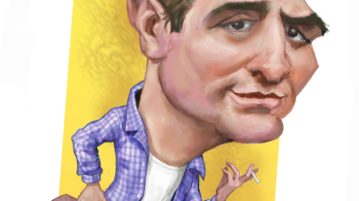
Gustave Courtois in the Paris Salon
Gustave Courtois was born in 1852 in the tiny town of Pusey in eastern France, about 35 miles north of Besançon. He was raised by his single mother, Jeanne Jobard, a laundress who hardly made enough money to pay the bills. Thanks to his remarkable artistic talent, he received a scholarship in the spring of 1869 to join the atelier of Jean-Léon Gérôme, a renowned Orientalist painter and professor at the prestigious École des Beaux-Arts in Paris.
More







